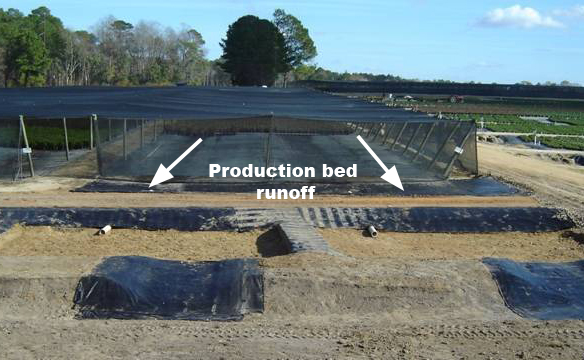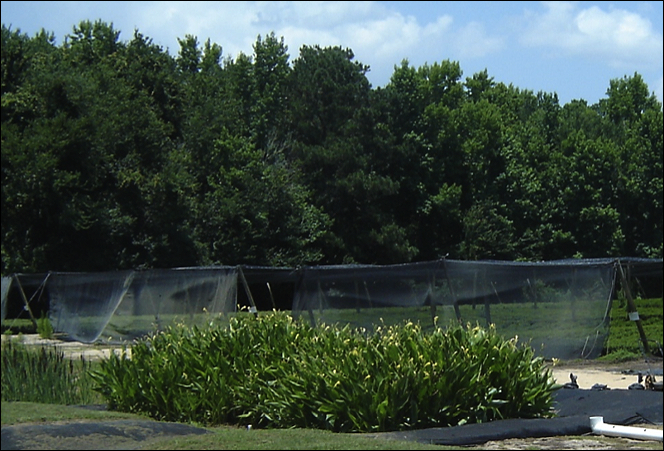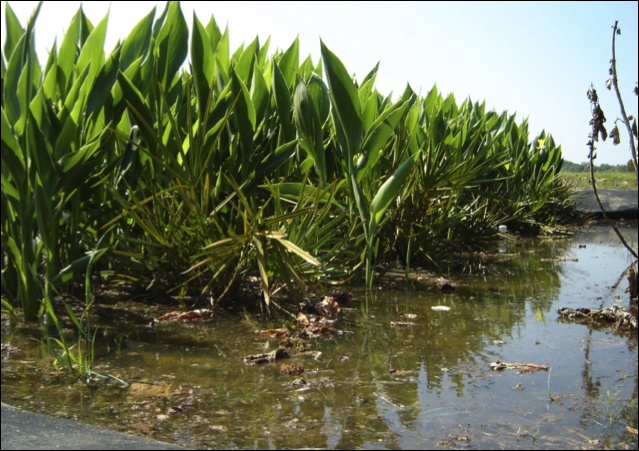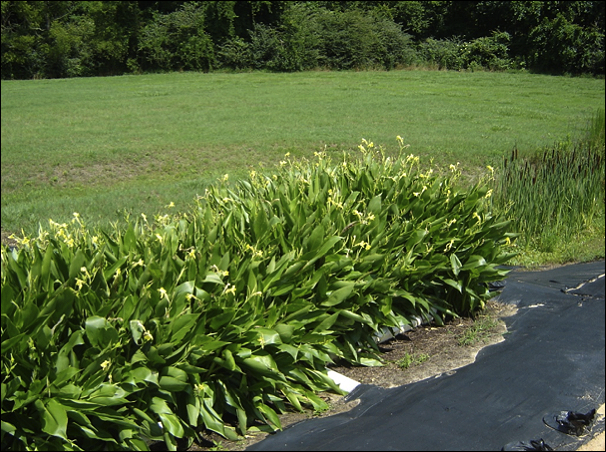The NYC Prospect Park Alliance and Jennifer Cherrier’s research team were awarded a $390,000 grant to tackle the harmful algal bloom problem in Brooklyn’s Prospect Park lakes. The grant funds the installation and monitoring of two 600 square feet ecoWEIR systems installed in Prospect Park in Spring 2019 to remove phosphate from the Park’s waterways.
Harmful algal bloom in the Prospect Park lakes
ecoWEIR installation explained
One of the ecoWEIR systems (the ‘Meadow Site’) is planted with low maintenance native plant species, and the other (the ‘Lawn Site’) is planted with grass. Studies are underway to determine if the type of plant cover will affect the system’s performance for phosphate removal.
ecoWEIR construction of the Lawn site
Lawn site post-construction
ecoWEIR construction of the Meadow site
Meadow site post-construction
If the study finds that there is no difference in phosphate removal between the two systems, the Park will look to install ecoWEIR systems beneath the Park’s fields.



















